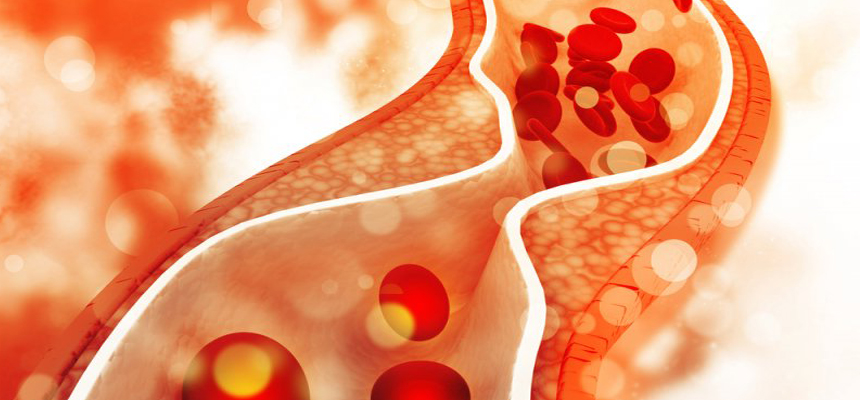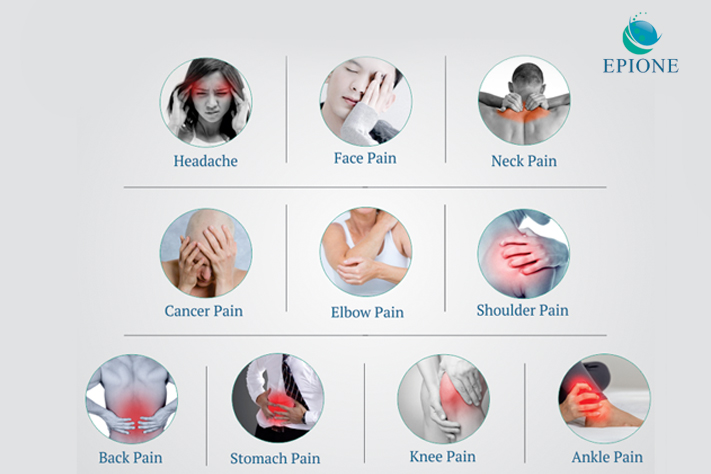Hope for stubborn depression

INTRO: Transcranial magnetic stimulation (TMS) offers hope to those who are silently suffering from depression
Fighting depression? Is no treatment working? So, it’s time to receive that magnetic touch. Magnets and magnetic therapy have long been used to treat a variety of medical conditions, including arthritis and headaches.
Magnets are gaining popularity again as a treatment for depression, obsessive compulsive disorder, and other neuropsychiatric diseases. The United States Food and Drug Administration (FDA) has even approved the use of magnets to treat mental health problems.
So how exactly does a magnet pull out the depression in you?
TMS
According to Dr Charan Teja Koganti, Consultant Neuropsychiatrist at KIMS Hospitals, transcranial magnetic stimulation (TMS) is a non-invasive brain stimulation treatment that is becoming more and more popular. TMS uses a pulsed magnetic field to stimulate a specific brain region.
“TMS is a treatment that has been backed by extensive study. Magnetic pulses are used in the non-invasive therapy to activate nerve cells in the part of the brain linked to depression and mood regulation. Long-lasting changes in brain activity and metabolism are produced by repeated stimulation,” he says.
Brain matters
Dr Charan goes on to explain that the brain’s neurons use electricity to transmit information, and that electrical activity may be changed by applying an active magnetic field. He says, “We use different frequencies, strengths, and pulse patterns based on the disease's severity and diagnosis. The usage of magnets is growing in cases of depression that don’t improve with conventional medicines. Response rates range from 40% to 60%. Most patients tolerate it well and find it to be usually safe.”
Ray of hope
Current treatment options for depression include drugs (antidepressants), electroconvulsive therapy (ECT), and psychotherapy (counselling, cognitive behaviour therapy, etc.), according to Dr. Sudhir Kumar, Professor & HOD, Apollo Health City, Hyderabad.
“Nevertheless, 30–40% of individuals are thought to have treatment-resistant depression if they do not sufficiently respond to the aforementioned therapy modalities. These patients no longer have to endure silenced suffering. They have hope thanks to transcranial magnetic stimulation (TMS),” he explains.
Response rates
Dr. Sudhir Kumar cites statistics to indicate that in patients with significant depression, TMS response rates vary from 50% to 55%, and remission rates are between 30% and 35%. He says, “These numbers are very encouraging for people with treatment-resistant depression (TRD) and the medical professionals who treat them.”
He further explains that in people suffering from serious depression, the dysregulated area of the brain is the dorsolateral prefrontal cortex (DLPFC). “Using high-frequency electromagnetic induction to effectively treat behavioural dysregulation in patients with major depression, TMS targets the pathophysiology of depression. Over the course of three to six weeks, five daily treatment sessions are planned, for a total of 20 to 30 sessions throughout treatment.”
Side effects
TMS is thought to be a secure and reliable method. But there are a few side effects that could interfere with adherence to treatment, says Dr. Sudhir. Adverse effects include tingling on the face and scalp, wet eyes, and occasional or persistent headaches that go away with over-the-counter painkillers are frequently observed.
How it’s done
In order to treat or relieve pain, clinicians use magnetic therapy, which involves applying static or permanent magnets close to or on the body. Conversely, patients' function and suffering are reduced by electromagnets
. With a 10% lifetime prevalence, depression is a prevalent condition that is linked to high morbidity and higher death. Lack of interest in day-to-day activities, changes in appetite and/or weight, sleep issues (hypersomnia or insomnia), psychomotor agitation or retardation, exhaustion or low energy, difficulty thinking clearly, feelings of excessive guilt or worthlessness, and suicidal thoughts are common symptoms.

 Disclaimer: Welthi.com does not guarantee any specific results as a result of the procedures mentioned here, and the results may vary from person to person.
Disclaimer: Welthi.com does not guarantee any specific results as a result of the procedures mentioned here, and the results may vary from person to person.









